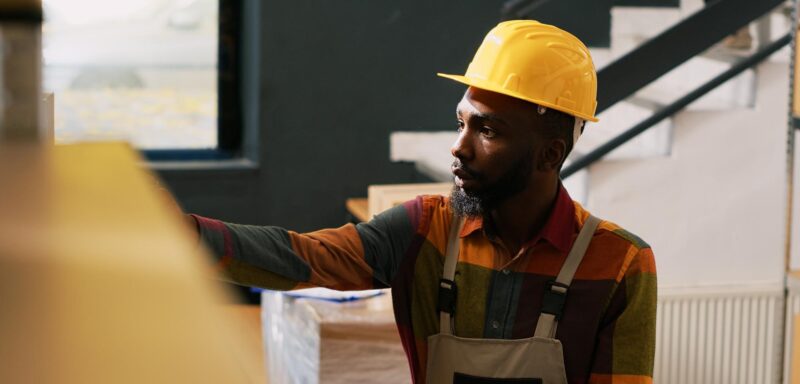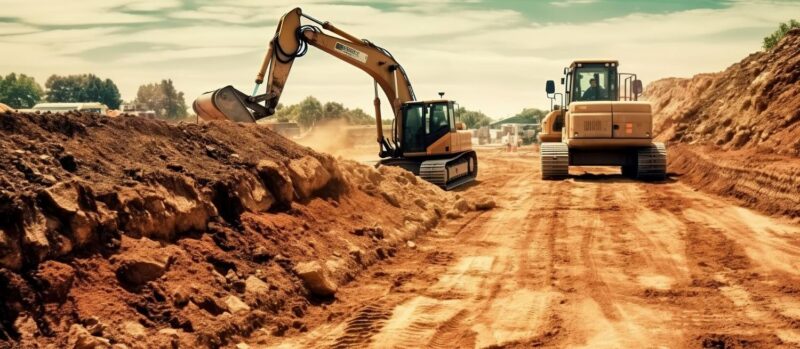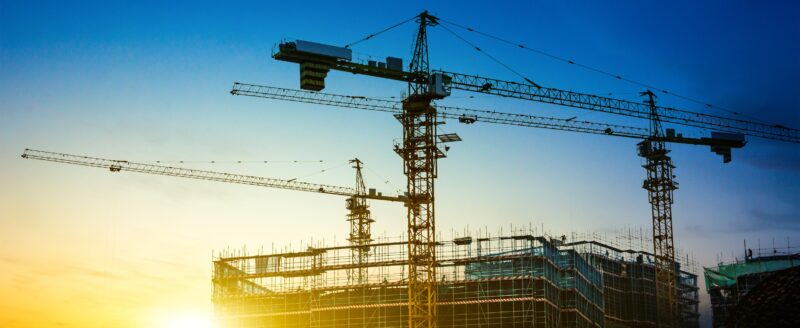The construction industry stands on the cusp of a technological revolution, and at the forefront of this transformation is 3D printing. Beyond its applications in various industries, 3D printing is emerging as a disruptive force that could redefine how we build structures. This article delves into the remarkable potential of 3D printing in construction, exploring the advantages it offers, the challenges it faces, and the real-world applications that showcase its transformative power.
Advantages of 3D Printing in Construction
- Speed and Efficiency: Traditional construction processes are often time-consuming and labor-intensive. 3D printing, also known as additive manufacturing, has the capacity to significantly expedite construction. Complex designs can be printed layer by layer, reducing construction time from weeks to days.
- Cost Savings: While initial investments in 3D printing technology can be substantial, the overall construction costs can be lower. By minimizing material wastage and decreasing the need for extensive manual labor, 3D printing can be a cost-effective solution, particularly for large-scale projects.
- Design Freedom and Customization: 3D printing offers unparalleled design flexibility. Architects and engineers can create intricate and innovative structures that were previously unattainable using traditional methods. This ability to customize designs opens doors to creativity and functionality.
- Reduced Environmental Impact: With the global push toward sustainability, 3D printing aligns well with eco-conscious construction practices. By optimizing material usage and minimizing waste, this technology contributes to greener building processes and reduced carbon footprints.
Challenges to Overcome
- Material Selection: Finding suitable construction materials for 3D printing can be challenging. The materials must possess the right combination of structural integrity, printability, and durability to ensure the longevity of the constructed elements.
- Regulatory and Code Compliance: As 3D printing disrupts traditional construction norms, regulatory bodies and building codes must adapt to address safety standards, quality assurance, and other considerations unique to this technology.
- Skilled Workforce: The construction industry requires a skilled workforce trained in 3D printing technologies. Bridging the skills gap and educating professionals about the intricacies of additive manufacturing is a critical aspect of its successful implementation.
Real-World Applications of 3D Printing in Construction
- Iconic Architectural Structures: The potential of 3D printing is showcased in projects like the “Mars X House,” a concept for a Martian habitat designed by AI SpaceFactory.
- Affordable Housing: In undeserved communities and disaster-stricken areas, 3D printing can address housing shortages. “Project Milestone” in the Netherlands has successfully 3D printed habitable homes, offering insights into the viability of this technology for creating affordable housing.
- Infrastructure and Components: Bridges, viaducts, and even key infrastructure components have been 3D printed, underscoring the technology’s potential in constructing functional and resilient structures.
Conclusion
The construction industry has traditionally been characterized by its slow pace of innovation, but 3D printing has the potential to disrupt this norm. Its advantages—speed, cost-efficiency, design flexibility, and sustainability—place it at the forefront of the evolution in construction methods. However, the challenges—material selection, regulatory adaptations, and workforce readiness—must be addressed to harness its full potential.
As real-world applications continue to grow and showcase the capabilities of 3D printing, its role in revolutionizing construction becomes more evident. The combination of advanced technology, creative design, and practical functionality sets the stage for a new era in architecture and engineering. With continued research, collaboration, and innovation, 3D printing could pave the way for a future where construction is not just a process but a dynamic expression of art and science.
In summary, the journey of 3D printing in construction is one of promise, determination, and endless potential—a journey that promises to redefine the skylines and the very essence of how we envision and create the world around us.












